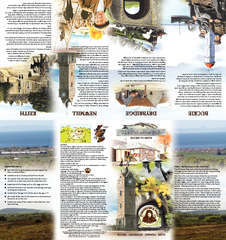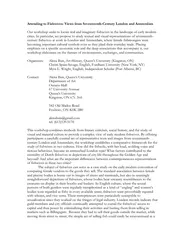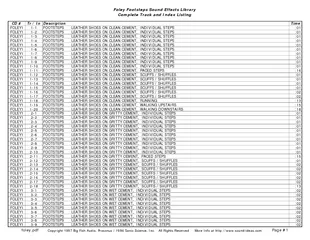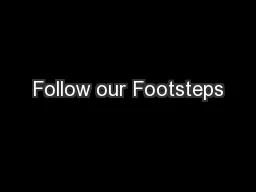PDF-Follow the footsteps of the Fishwives
Author : olivia-moreira | Published Date : 2015-07-21
The Fishwives Path starts at the Buckie District Fishing Heritage Centre where you will discover the unique shing history of this lovely part of the Moray Firth Men
Presentation Embed Code
Download Presentation
Download Presentation The PPT/PDF document "Follow the footsteps of the Fishwives" is the property of its rightful owner. Permission is granted to download and print the materials on this website for personal, non-commercial use only, and to display it on your personal computer provided you do not modify the materials and that you retain all copyright notices contained in the materials. By downloading content from our website, you accept the terms of this agreement.
Follow the footsteps of the Fishwives: Transcript
Download Rules Of Document
"Follow the footsteps of the Fishwives"The content belongs to its owner. You may download and print it for personal use, without modification, and keep all copyright notices. By downloading, you agree to these terms.
Related Documents














